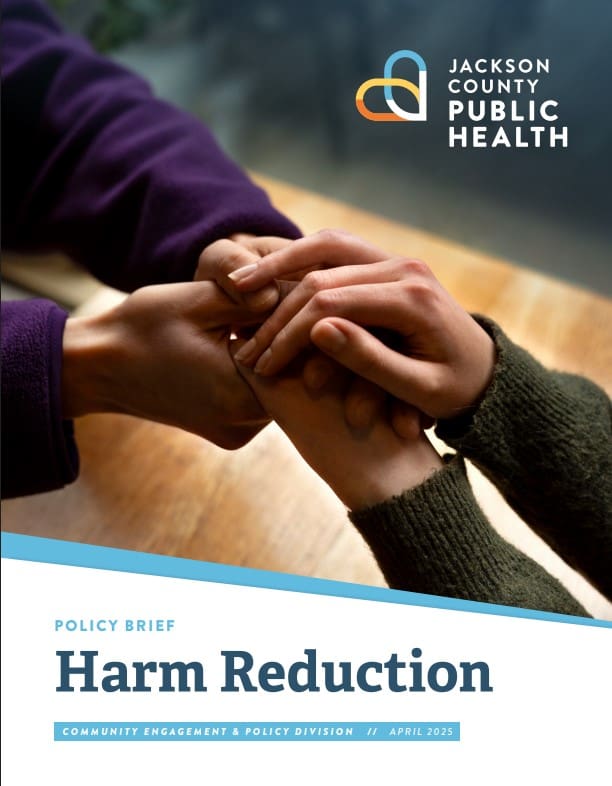Harm Reduction Policies: Recommendations for Leaders

Missouri stands at a critical turning point. For the first time since 2019, there has been a decrease in drug overdose deaths—up to 23% fewer in the first six months of 2024 (University of Missouri St Louis, 2025). Missouri lives are being saved from needless deaths thanks to sweeping interventions led by experts in harm reduction policies. Despite this progress, more than 800 Missourians lost their lives to drug overdoses in the first half of 2024. There is more work to be done to ensure that people struggling with addiction – our family, friends, and neighbors – have access to services that enable them to stay alive.
Our new policy brief on harm reduction lays out a clear and evidence-based strategy to prevent opioid overdose deaths, reduce disease transmission, and connect people who use drugs (PWUD) to care. The numbers are stark—over 1,400 Missourians lost their lives to opioid overdoses in 2023, 93% involving fentanyl—but the path forward is actionable. Harm reduction policies are not only compassionate, they are effective public health interventions.
This brief highlights three key pillars: community naloxone distribution, drug checking, and syringe services programs (SSPs). Each of these strategies is grounded in scientific research and shown to reduce fatal overdoses and infectious diseases like HIV and hepatitis C. Harm reduction policies allow us to meet people where they are—without judgment—and offer life-saving tools, especially in communities hit hardest by the opioid crisis. In Eastern Jackson County, for instance, overdose deaths decreased 42% between 2022 and 2023, in part due to increased local engagement and harm reduction efforts (JCPH, 2025).
Legislators and community advocates should take note: Missouri has made progress, such as legalizing fentanyl test strips and supporting naloxone access through standing pharmacy orders. But to maximize impact, we must go further. Legalizing syringe services programs and mandating naloxone availability and training in schools could dramatically expand our reach. States that have taken these steps report better health outcomes and debunked myths that harm reduction policies encourage drug use.
Now is the time to expand and normalize harm reduction across Missouri. By codifying and funding these life-saving interventions, we can transform the opioid crisis into an opportunity for healing, resilience, and dignity. Harm reduction policies work—not just in theory, but in practice—and it’s our duty to ensure they are available to every community in need.
To learn more about this issue, read our full report.
Archives
- December 2025 (1)
- November 2025 (2)
- September 2025 (1)
- July 2025 (2)
- June 2025 (3)
- April 2025 (2)
- February 2025 (1)
- January 2025 (2)
- December 2024 (1)
- September 2024 (2)
- August 2024 (2)
- July 2024 (1)
- June 2024 (1)
- February 2024 (1)
- July 2023 (1)
- March 2023 (1)
- October 2022 (1)
- September 2022 (1)
- August 2022 (1)
- July 2022 (2)
- June 2022 (2)
- May 2022 (1)
- April 2022 (4)
- March 2022 (1)
- February 2022 (1)
- January 2022 (1)
- December 2021 (4)
- November 2021 (3)
- September 2021 (2)
- August 2021 (3)
- July 2021 (2)
- June 2021 (1)
- May 2021 (2)
- March 2021 (1)
- December 2020 (6)
- November 2020 (8)
- October 2020 (4)
- September 2020 (7)
- August 2020 (3)
- July 2020 (11)
- May 2020 (2)
- April 2020 (4)
- March 2020 (1)
Categories
- Communicable Disease (5)
- Clinical Services (19)
- Clinical Servcies (1)
- Health Promotions (74)
- Emergency Preparedness (8)






